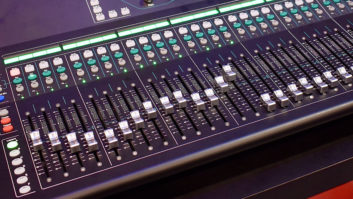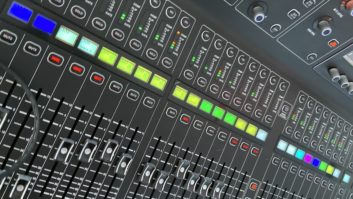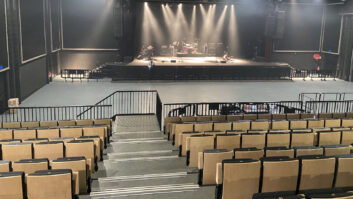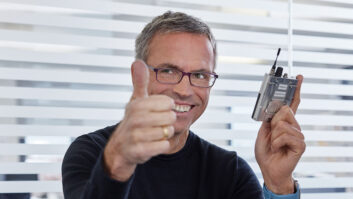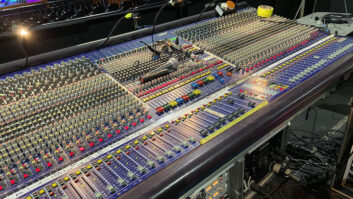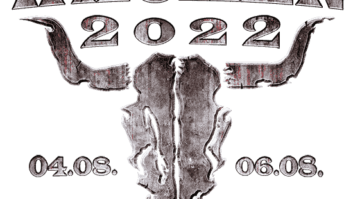I’ve had almost a week to think about how to put together an appropriate tribute to Bruce Swedien, yet still words fail. I could tell you about the string of amazing records Bruce made with Quincy Jones and Michael Jackson, but you probably know about them. I could tell you that his career spanned 65 years, garnering 13 Grammy nominations and five Grammy Awards. Or that he got his start engineering while he was still in high school, moved to Chicago to work at RCA Victor and then on to Universal Recording, where he recorded a who’s who of big bands. I could tell you that Bruce recorded the soundtrack to our lives, and while that would give you an idea of his accomplishments, it wouldn’t give you an idea of why he was so beloved.
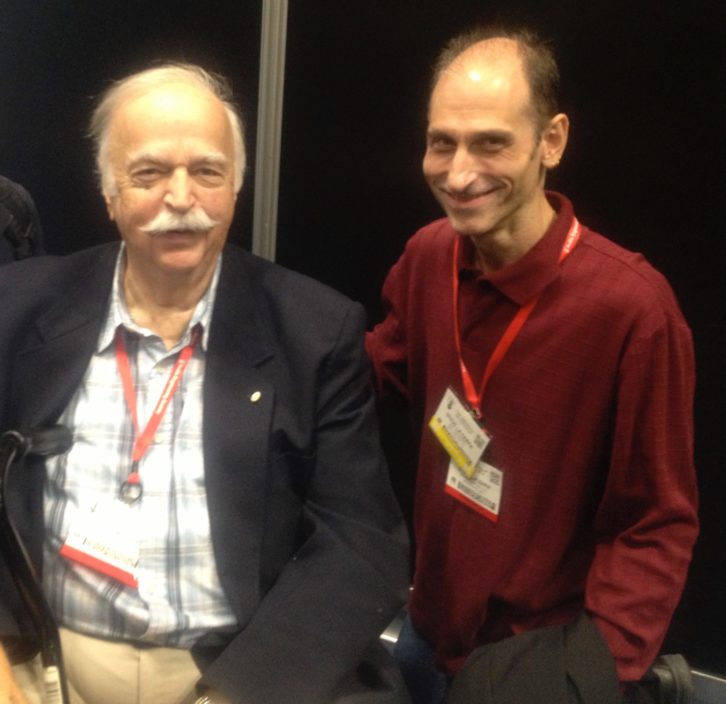
Instead, I’d like to tell you about how I got to know Bruce when I was working as an editor for EQ Magazine back in the mid-1990s. It started with a monthly column that ran in EQ called the “Microphile.” We’d find an old cool microphone from someone’s collection, get a photo or two, compile the history and specs of the mic, and get comments or techniques from the owner.
The Microphile in the August 1995 issue of EQ featured Bruce’s Neumann M49s, which he used on a string of recordings with Michael Jackson and Quincy Jones, among others (I’d later learn that Bruce was as much a microphone nerd as I was). Bruce explained in that Microphile how he used the M49s set to omnidirectional, arranged as an XY stereo pair to record a choir. Observant engineers reading the article protested with letters stating, “You can’t have an XY stereo pair with the mics set to omni—they need to be set to cardioid!” At the time—not knowing what I didn’t know—I agreed with them.
When we asked Bruce if he would respond, he was more than willing to do so with a letter that we published in EQ. In it, Bruce patiently explained that few microphones are truly omnidirectional and most become directional at higher frequencies, thus they are capable of producing a stereo image at those frequencies if arranged in an XY config. He would later write an article for the March 1996 issue of EQ detailing his technique. BAM! A slap to the back of my head, and the start of the education that Bruce would bestow upon me.
Over the following few years, Bruce continued to contribute articles to EQ but he also helped me on countless occasions. When I needed info on vintage RCA microphones, Bruce put me in touch with Art Garcia and Clarence Kane, engineers who had been at RCA during the company’s microphone-manufacturing heyday. We marveled at the job Kane did in restoring my old RCA 44 BX. If I had a technical question, Bruce was more than happy to answer or refer me to someone who could.
One day Bruce invited me to visit his studio, which at the time was located at The Westviking Farm in Connecticut. I was beyond delighted. I was stunned. He was in the midst of working on a project for Ana Torroja and let me sit in on a few of the sessions. I had sooooo many questions but opted to keep my mouth shut until an appropriate time. When the session broke for dinner, we all had our meal together. Bruce and his wife, Bea, made me feel like family.
One particular evening after things quieted down, Bruce and I were alone in his studio. He was sitting behind his mixing console (a Harrison 32C) and I was sort of sitting behind him watching and listening while he worked on a mix. When he motioned for me to sit next to him behind the desk I almost flipped. There I was, sitting next to the most amazing engineer on the planet while he explained his mix process to me. This can’t possibly be real.
I don’t recall if it was that same night, but I remember Bruce playing me a recording he had recently pulled from his archives. It was a recording of The Count Basie Orchestra with Joe Williams singing lead vocal. Bruce had recorded it sometime in the 1950s using an Ampex half-inch mono tape machine (if I recall correctly). When he played it for me, I could have cried because it sounded so good. It was in mono, yet had depth for days and sounded like it had been recorded yesterday. I thought to myself I have a lot of work to do to become a good engineer. Lucky for me, Bruce was willing to help.
One afternoon I got a call to record a solo cello. I booked the session having never recorded one, then dialed Bruce in a panic “What do I do???!!!!” He calmed me down, asked what microphones I had access to, and then made suggestions for mic choice and placement. He instilled the importance of listening to the instrument in the room while the cellist warms up. “You can’t make a good recording of an instrument if you don’t know what the thing is supposed to sound like in the first place.” That was a big part of his philosophy: you can’t record and mix music if you don’t know what real instruments sound like. Bruce emphasized that aspect of becoming a good engineer. It’s always about the music.
Read more Mix Blog Live: Holding My Breath.
As busy as he was making records, Bruce made time to share his knowledge, whether it was answering a phone call or conducting master classes through his workshops on music engineering. That’s an important part of him that you won’t get from his bio or the chart statistics.
Bruce wasn’t just a great engineer, he was a gentleman and a gentle man who was willing to share what he had learned from his life experiences, and that’s a rare quality. Of this I am sure: Bruce Swedien left the world a better place than he found it. Thank you, Bruce, for your kindness, your guidance and your inspiration.


